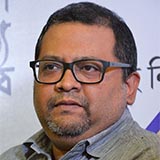Uttam Kumar Lives On—A Star Who Became Timeless - GetBengal Story
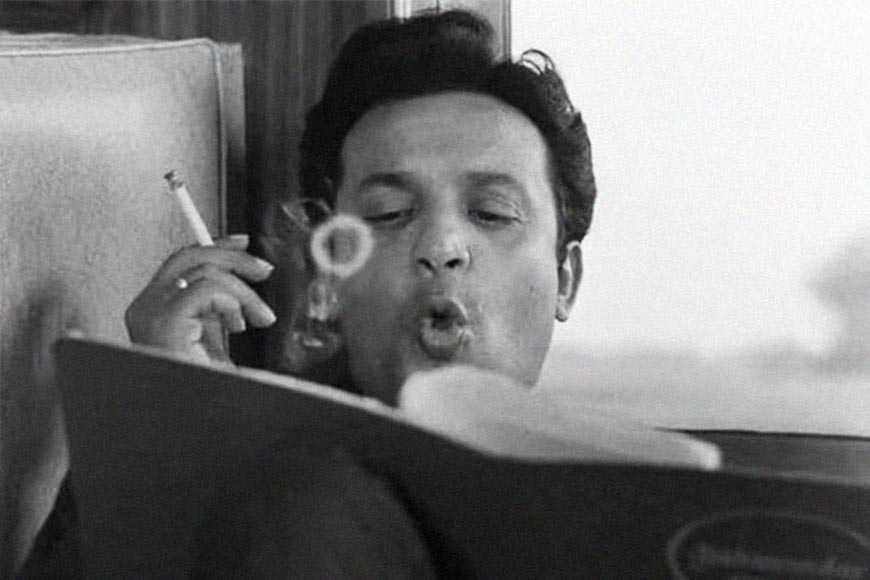
Late 1980s. Aniruddha Dhar decided to make a docudrama on Uttam Kumar. The producers were Indrajit Sen and his brother Indranil Sen. It was planned as a television series for Doordarshan.
The theme was this: an ageing filmmaker wanted to make a film on Uttam Kumar. He assigned his assistant the task of speaking to people who had worked with Uttam Kumar. Based on that research, the filmmaker would develop his script.
Indranil was my schoolmate. When I heard the news, I asked him, “Will you give me that role?” One Sunday, I rode a cycle-rickshaw to Aniruddha-da’s house at Raybahadur Road in Behala. I still remember wearing a kurta and jeans that day. We spoke for a long time, and Aniruddha-da finally said, “You should do this role, it’ll suit you.” At that time, I was very passionate about acting. Once I got the part, I started preparing in my own way. Aniruddha Dhar himself, along with his assistants, guided me a lot during that period.
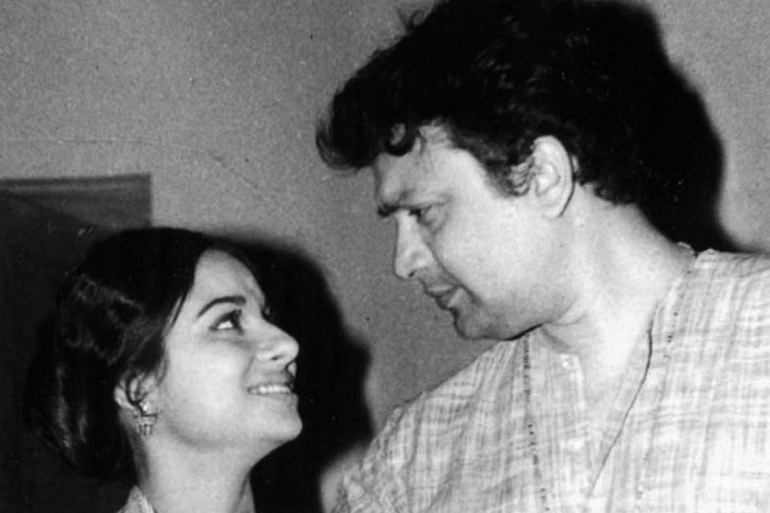
In the series, my role was that of an assistant director researching Uttam Kumar’s life. But during the research, he gradually begins to identify with him—not as Uttam Kumar the man, but by slipping into the world of the characters he portrayed.
Some incidents come to mind even now. During a shoot with Sarayubala Devi, she jokingly remarked about my dental structure. Ashok Mukhopadhyay too encouraged me, saying I was doing well. I also remember how we sourced a treasure trove of Uttam Kumar’s still photographs from Bourne & Shepherd at Chowringhee. There was even a shot of me going through those stills. The series was edited over four days and a final cassette was submitted to Doordarshan. Unfortunately, after just two or three episodes of shooting, the project was shelved. If it were ever revived, I would be truly happy.
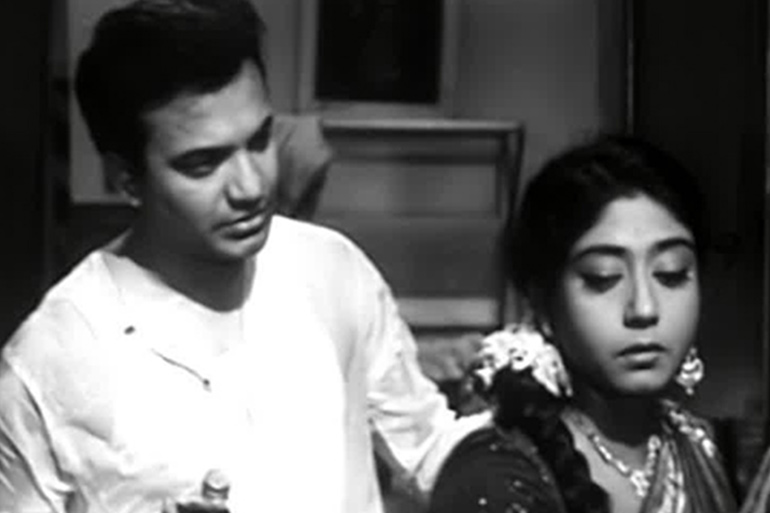
Before this project, I had acted in Anjan Dutt’s Rudra Sen-er Diary, where I played the assistant to the main detective character. Later, in 1993, Aniruddha Dhar and I made a docu-feature titled Shesh Nayak (The Last Hero). I was the producer for Jain TV, along with my wife Indrani Mukherjee. The screenplay was beautifully structured. We shot at Star Theatre. To gather footage, I would go around the distribution hubs morning, afternoon, and night. Making a film, after all, means becoming entangled in countless aspects—it is an experience, a kind of achievement in itself. Through these works, I came to deeply understand Uttam Kumar’s expressions, his method acting, his craft.
Whenever I try to explain how to portray a character with perfection and depth on screen, I often refer actors to Uttam Kumar’s films like Nayak and Bagh Bondi Khela. He is not just a “star”; he remains inseparably tied to us as an actor of immense success.
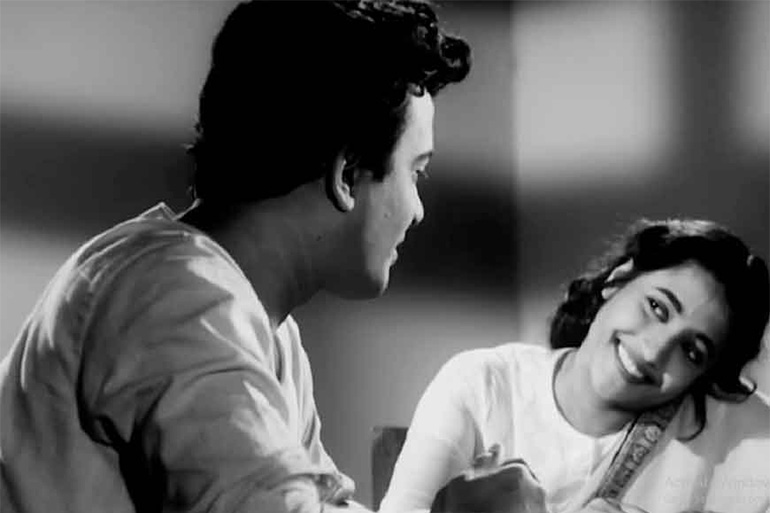
I have watched almost all of his films. In movies like Pankhiraj, Thana Theke Aschi, Shesh Anka, Plot No. 5, Amanush, Dhanni Meye, Dui Prithibi, Nayak, and Chiriakhana, his versatile acting shines brilliantly. It feels as though Uttam Kumar is one of our own family members.
There was a time when I often visited Supriya Devi’s house at Moira Street. Her daughter Soma was my friend. I used to hear a lot of stories by Supriya Devi about Uttam Kumar, how he practiced music, how he rehearsed his acting, and those stories rekindled my inspiration time and again. As a filmmaker, I was heavily influenced by Uttam Kumar's direction, but beyond that, even as a person I found chemistry in Uttam Kumar. Why I felt that way, I cannot fully explain.
I still remember skipping class as a child to watch Shilpi at New Empire cinema—two or three times. I would also go repeatedly with my mother to watch the same film.
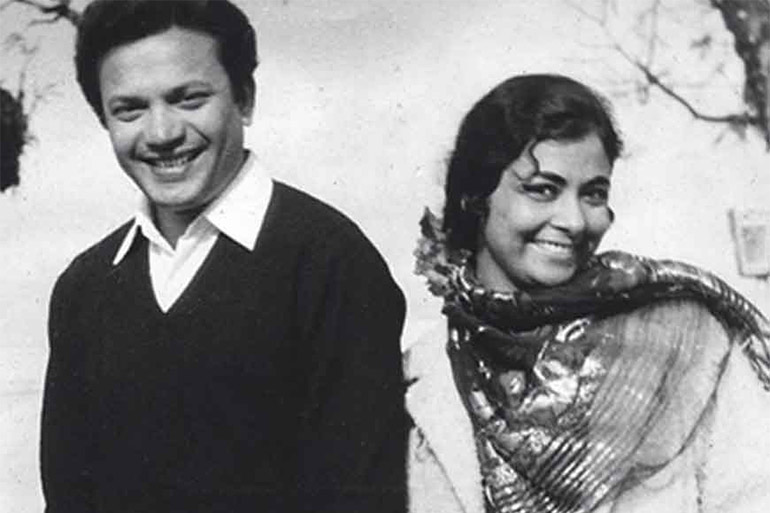
And it wasn’t just Bengalis who adored him. Across the world, even non-Bengalis continue to celebrate Uttam Kumar. He has remained within us—almost in our very genes. Generations have grown up watching his films. That’s how some things become timeless, eternal. Uttam Kumar is exactly that—timeless.
Note:
Translated by Krishnendu Mitra
To read the original Bengali article, click here.






